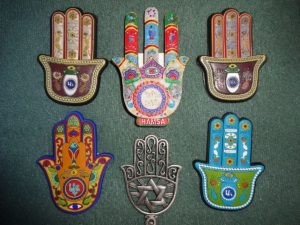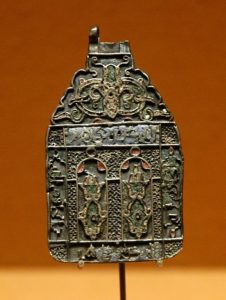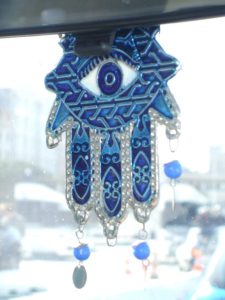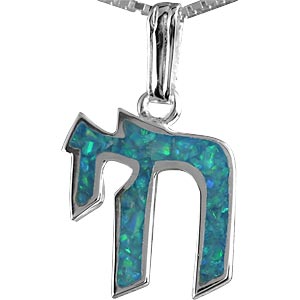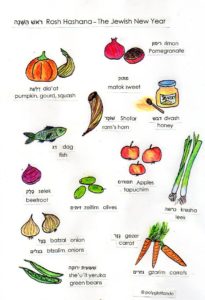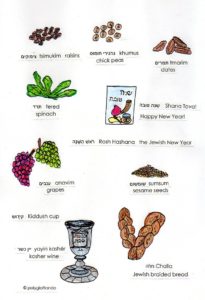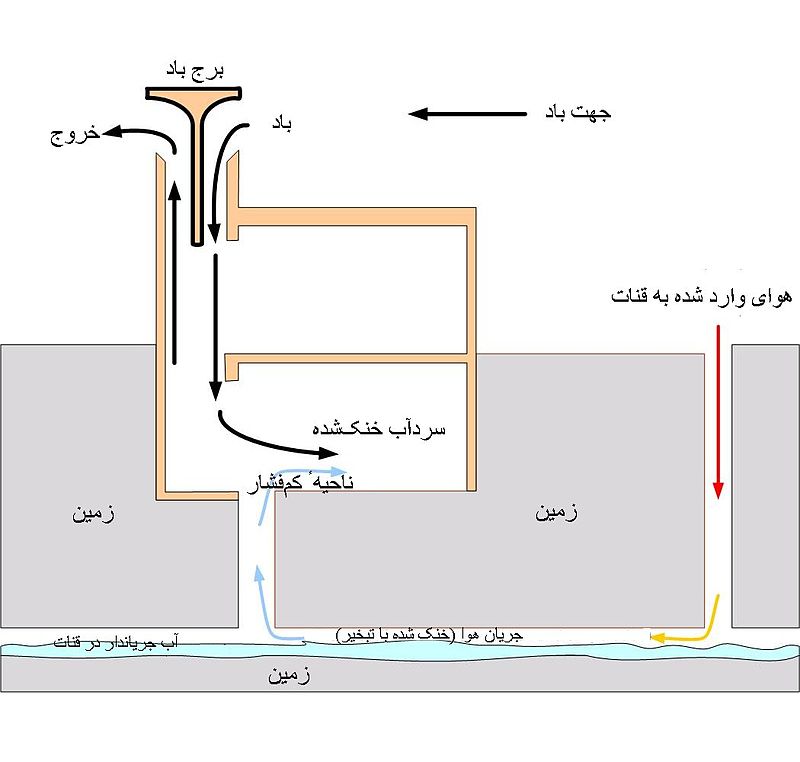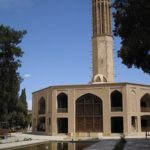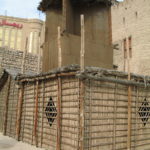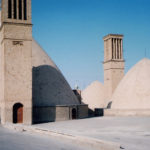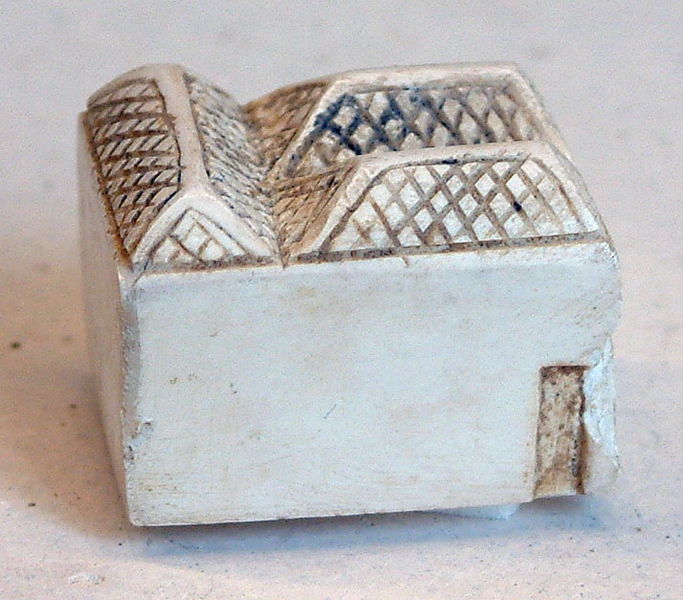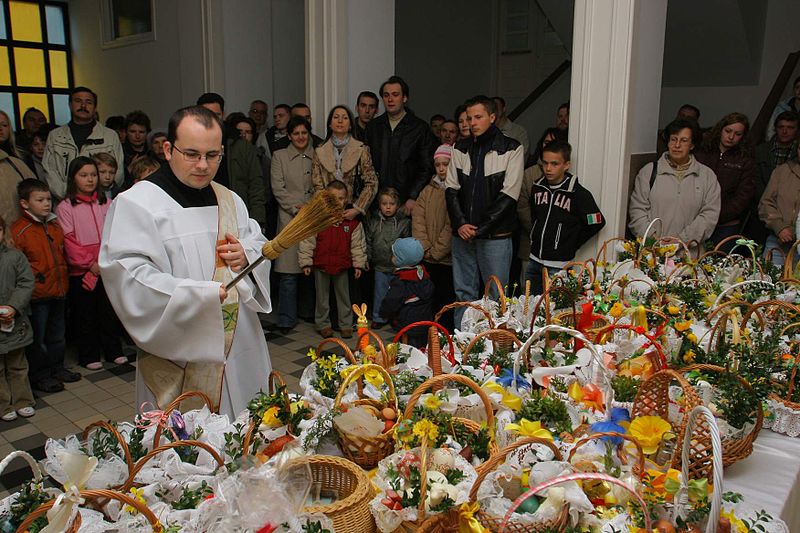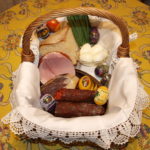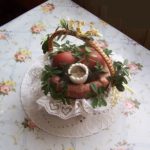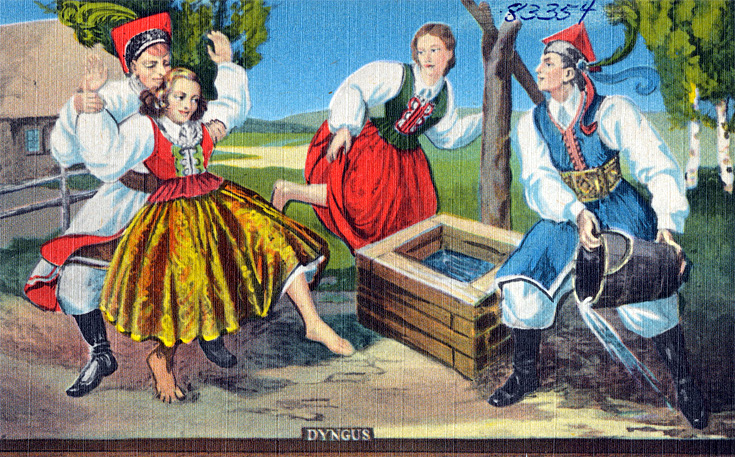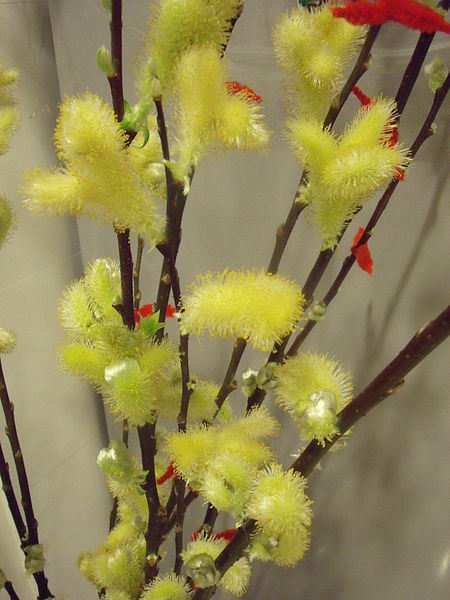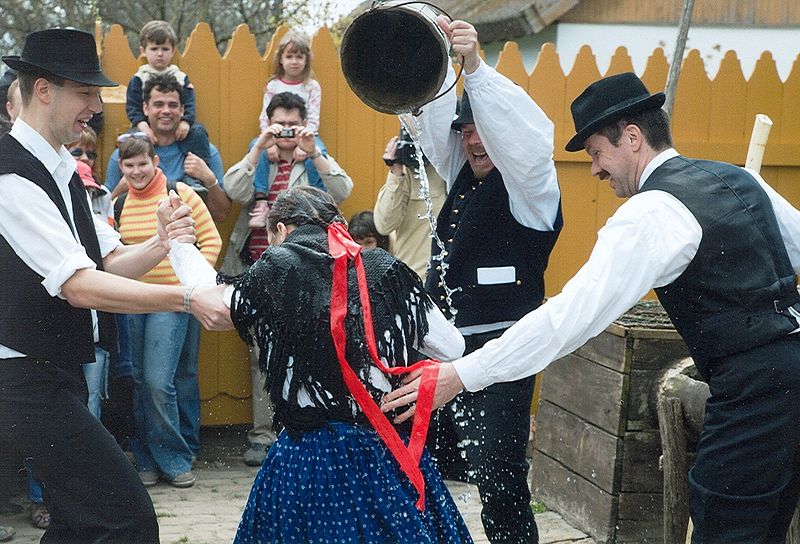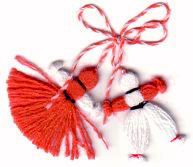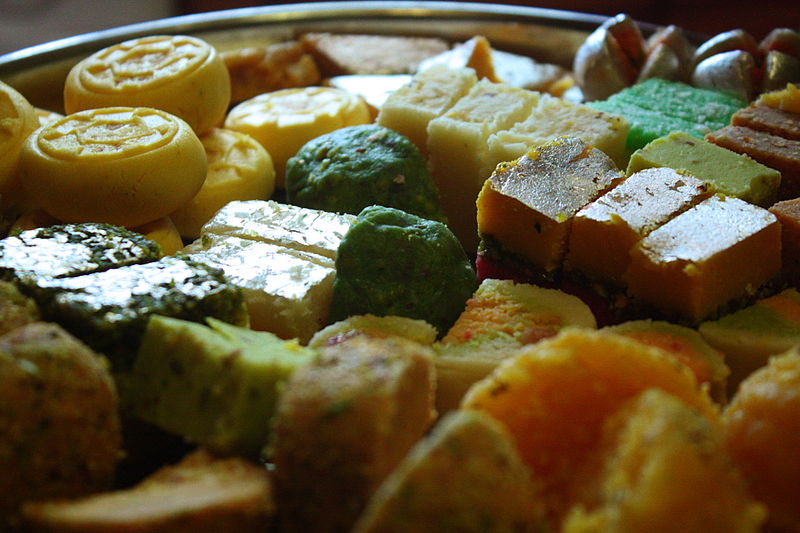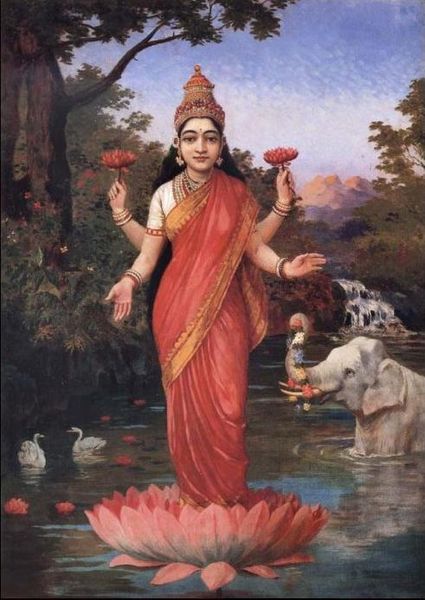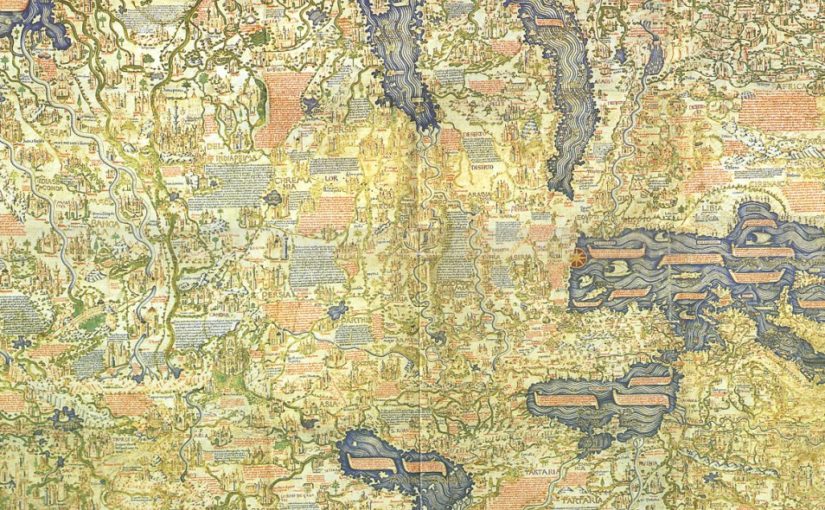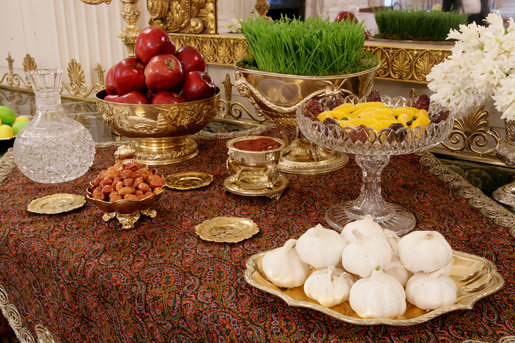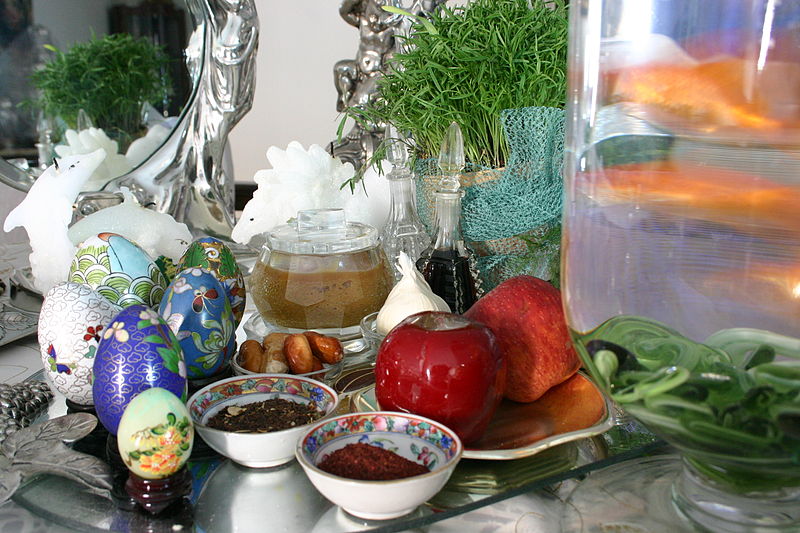Today’s blog post will take us to Israel and the Near East as well as to North Africa and to an ancient symbol of good luck and an amulet to ward off the Evil Eye, namely the Hamsa or Khamsa, which is also known as the Hand of Fatima or the Hand of Miryam. The Hamsa is a symbol of good luck in the Muslim and Jewish, but also Christian culture of the region.
The name hamsa (חַמְסָה ) comes from the Arabic word khamsa خمسة and from the Hebrew word hamesh חמש , both meaning ‘five’. In Berber, the Khamsa is called ⵜⴰⴼⵓⵙⵜ Tafust. In a Jewish context, the five fingers of the talisman refer to the five books of the Torah (Genesis, Exodus, Leviticus, Numbers, Deuteronomy) and the Jewish Hamsa is also called the Hand of Miriam, who was Moses’ sister. In a Muslim context, the hamsa is also called the Hand of Fatima, who was one of the Prophet Mohammed’s daughters, and the five fingers refer to the Five Pillars of Islam (faith, fasting, prayer, tax and pilgrimage). The number five itself is also associated with fighting the Evil Eye. In the Levantine Christian community, the Khamsa is also called Hand of the Virgin Mary (Kef Miryam in Arabic).
The Khamsa usually takes the form of an open hand with three extended middle fingers and a thumb and pinky finger on either side, which are always symmetrical and are either curved outwards or just significantly shorter than the middle fingers. The fingers can be either closed together to bring good luck as a talisman, or alternatively the fingers can be spread apart to act as an amulet to ward off evil. Usually, the image of an eye is embedded in the palm. It represents the all-seeing eye and is said to watch out for the owner and to protect them from the Evil Eye, or ayin hara (עין הרע). Other symbols that frequently appear on the Khamsa are fish דָגִים dagim, which are said to be immune to the evil eye since they live underwater (according to a line in the Torah “the water covers the fish of the sea so the eye has no power over them (Berakhot 55b)”) and which are also symbols of good luck. Also the Star of David מָגֵן דָוִד Magen David, prayers for the traveller, the Shema שְׁמַע, the blessing over the house, the Hebrew word mazal or mazel מַזָל, meaning ‘luck’, and the colours red and blue, which reputedly repel the evil eye, are often featured on the talisman.
The Khamsa is an ancient symbol that probably predates Judaism and Islam, though its precise origin is not known. The symbol of the open hand first appears in Paleolithic cave art in Spain, France, Argentina, Algeria and Australia. Predecessors of the hand symbol can be found in various ancient cultures: The Phoenician goddess Tanit was symbolized by a woman raising her hands, and in Egyptian art, the human spirit ka is depicted by two arms whose two fingers are held in a horseshoe shape and which reach upward. The Etruscans decorated their tombs with paintings of hands with horns and some Jewish Levite graves had images of hands, representing a religious blessing, on their stone markers.
The Khamsa first appeared in Sephardic Jewish culture תרבות ספרדית , which flourished alongside Muslim culture. The symbol of the hand, and in particular of priestly hands, can also be found in kabbalistic manuscripts and amulets, where it doubles as the letter Shin, which is also the first letter of the divine name Shaddai. This association of the hand with the divine name was believed to create a bridge between the believer and G’d. However, amulets or kamiyot קמיעות , from the Hebrew word for ‘to bind’ , are seen as somewhat ambivalent in Judaism, because the Torah prohibits magic and divination, whereas the Talmud mentions them on several occasions and accepts them, and one law approves the wearing of an amulet on the Shabbat (Shabbat 53a, 61a).
In Islamic folklore, the Hand of Fatima as a symbol has its origins in a legend: when Fatima’s husband Ali brought home a new wife one day, Fatima, who had been cooking at that moment, dropped the ladle she was using and, lost in thought, continued stirring with her hand, hardly noticing that she was burning herself.
The Hamsa is intrinsically bound up with the concept of the Evil Eye or Ayin hara ( Hebrew ʿáyin hā-ráʿ (עַיִן הָרַע), Arabic ʿayn al-ḥasūd (عين الحسود eye of the envious)), or the belief that a malicious look can bring about evil, which most often manifests itself through jealousy, but receiving the evil eye can also lead to misfortune and injury. To ward off the evil eye, many Jews will say ‘bli ayin hara’ בלי עין הרע (‘without an evil eye’) or ‘keyn eina hara’ קיין עין־הרע (Yiddish: no evil eye) after making a compliment or saying something positive. Muslims will say ‘Masha’Allah’ ” (ما شاء الله) (“God has willed it.”) and also “Tabarakallah” (تبارك الله) (“Blessings of God”) instead. Some people also use the saying ‘khamsa fi ainek’ خمسة في عينيك (lit. ‘five in your eye’) together with the gesture of their raised right hand with the palm showing and the fingers held slight apart, or use the phrase ‘khamsa wa khamis’ خمسة والخميس (lit. ‘five and Thursday’), since Thursday, being the fifth day of the week, was traditionally considered to be a good day for magic rituals and for pilgrimages to the tombs of saints.
The evil eye is also discussed in the Talmud תַּלְמוּד and the Kabbalah קַבָּלָה , though it is not mentioned in the Torah תּוֹרָה.
Other methods to ward off the evil eye in Jewish culture, besides hanging up or wearing a Hamsa, include wearing a Chai (חי) around the neck, symbolizing life ( Hebrew Chaya חַיָה life) or wearing a red thread around the wrist.

